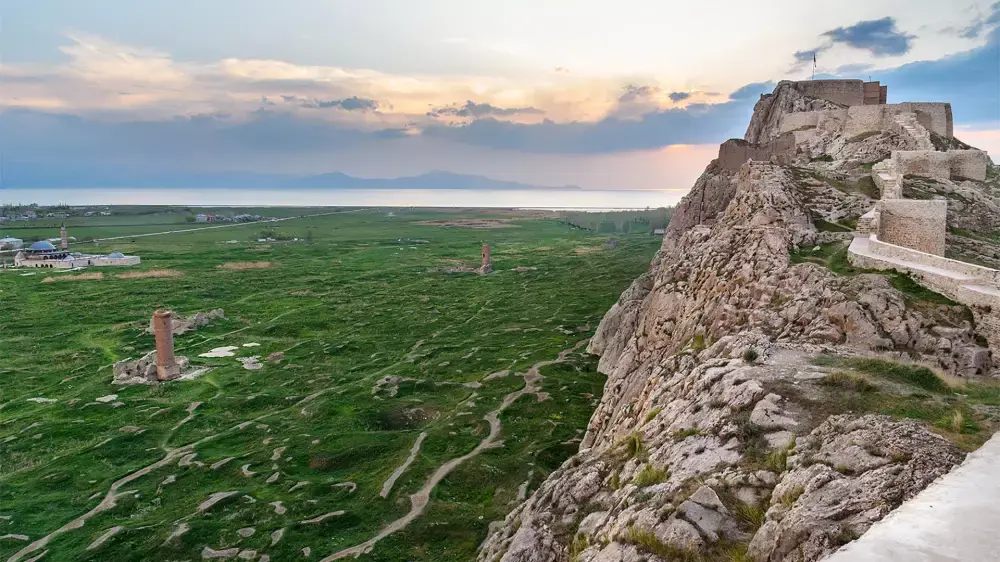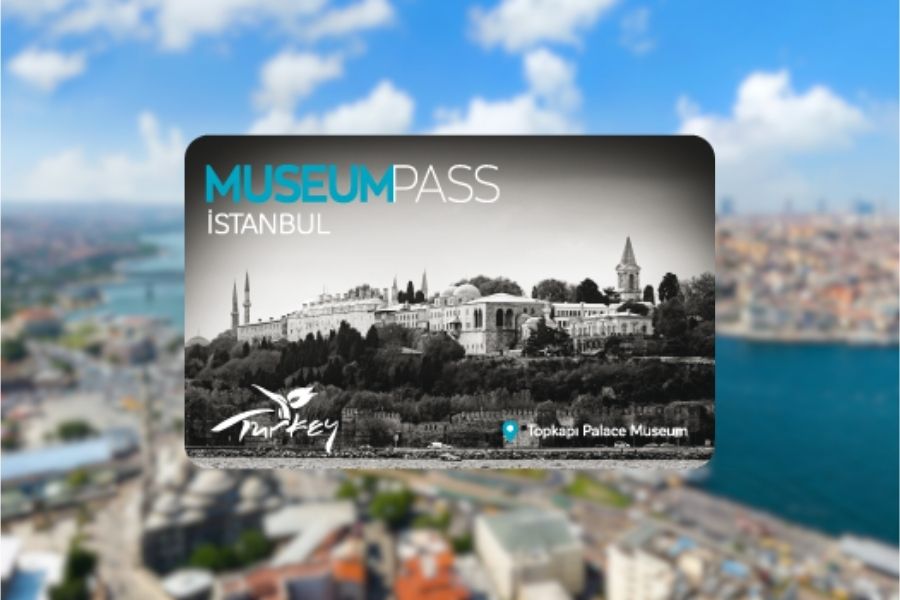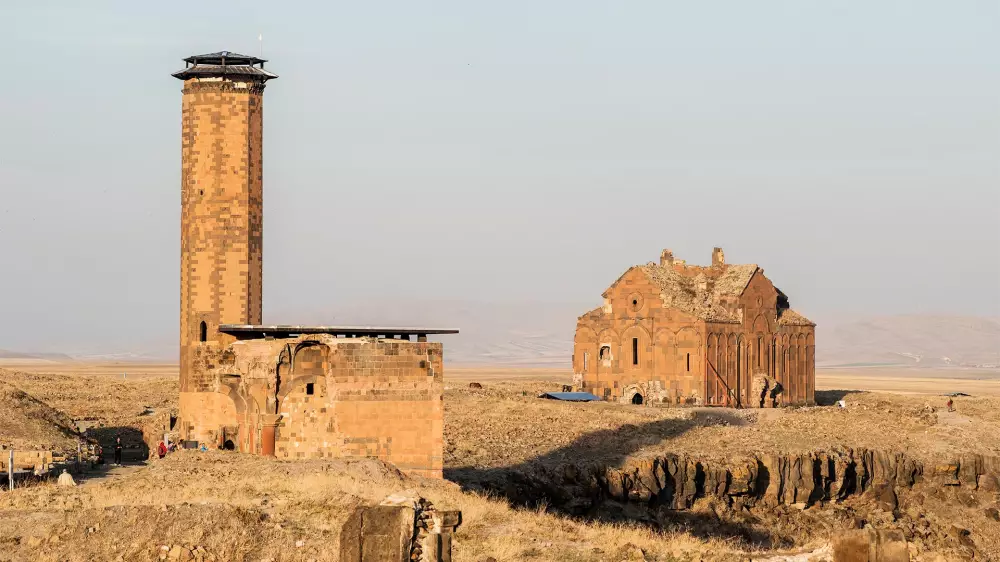
Van in Figures
The current population of the city of Van, a cradle of civilisations with a history going back antique ages, is 1 million 123 thousand 784, with an average rate of increase of 1.5% on annual basis and a younger population rate of 21%. Of this population, 51.12% are men and 48.88% women.
The city located on a surface of 19.069 km2 has 13 districts, namely Bahçesaray, Başkale, Çaldıran, Çatak, Edremit, Erciş, Gevaş, Gürpınar, İpekyolu, Muradiye, Özalp, Saray, and Tuşba. It is the sixth biggest province in Turkey and is host to the largest lake in the country. The Van Lake which covers an area of 3.755 km2 attracts thousands of tourists every year owing to its natural beauties and easy access. The city was proclaimed into a metropolitan area in 2012.
The city located between 420 40’ and 440 30’ east longitudes and 370 43’ and 390 26’ north latitudes is surrounded by high mountains.
Continental climate with cold and long winters and dry and hot summer months prevails in the province of Van, with temperatures plunging below zero for about 150 days in winter months and average temperatures around 36 0C in summer.
The province of Van has valleys with a great variety of rich flora, but the mountains generally demonstrate a nature of poor tree growth. Of the surface of the province, 70% are pastures and meadows, 23% cultivated areas, and the rest 2% forests.
The province of Van is host to four lowlands, namely Mememdik, Hoşap, Erciş, and Van Lowlands, and three lakes, namely the Lakes of Keşiş, Erçek, and Van. Highlands and plateaus make up 33% of the province's surface.
The province of Van that boasts a glorious history going back to the 6th century B.C. is now regaining priority in the commercial life owing to the Kapıköy Customs Stations inaugurated in 2019 to be used for entries to Iran.



